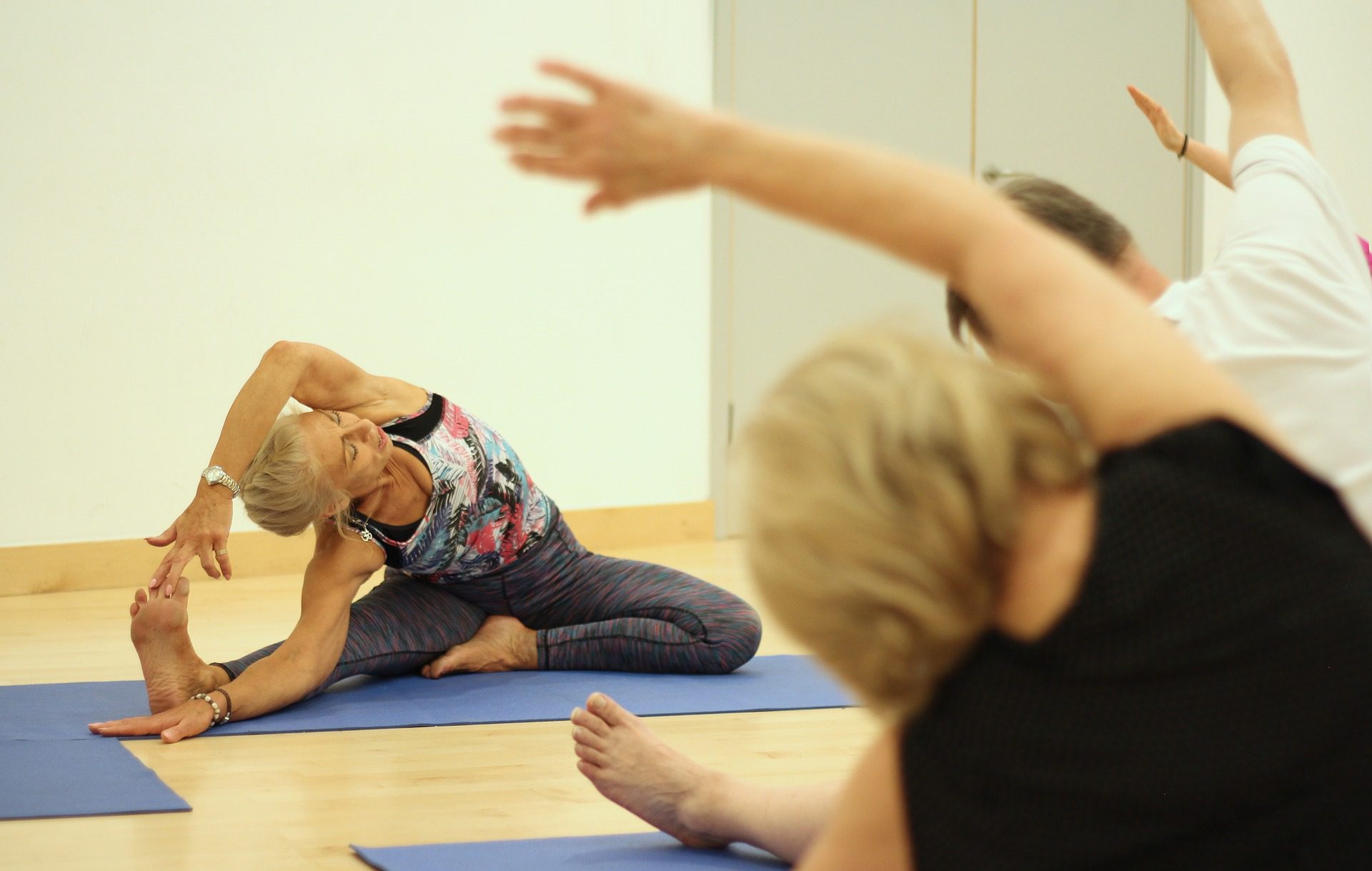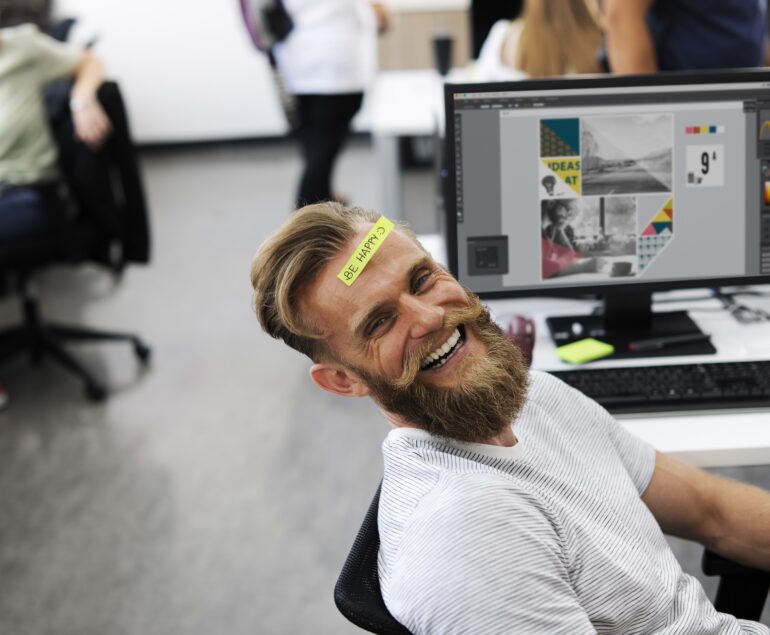Pilates Exercises – A Beginners Guide
If you’ve just decided to engage in Pilates Exercises, you’re welcome to the party. You’re not a moment too late because, with Pilates, any moment is the right moment. This article contains the basic information you need to get started.
One of the first pieces of information you’ll learn about Pilates Exercises here is that your age, size, or gender is of no consequence. Pilates is for everyone. There’s more, but first a little about what Pilates is and its origin.
Pilates is a low-impact but challenging mind-body exercise that’s used to achieve body balance, increase strength and flexibility, improve awareness, and strengthen core muscles, among other things. It is named after Joseph Hubertus Pilates, who first created the method in the 1920s. He called it “Contrology.”
The types of Pilates Exercises number in the hundreds, and the benefits are almost as numerous. Some of the most common benefits of Pilates Exercises, backed by research, include:
- Increase in the strength and endurance of core muscles
- Improvement in posture and flexibility
- Pain relief and improvement in quality of life for non-specific low back pain patients
- Stress management
- Immune system boosting
Other benefits may well include injury prevention, body awareness enhancement, increased motivation, etc. Considering its many benefits, it’s no wonder that doctors recommend it for rehabilitation and general health purposes.
Getting Started – What You Need To Know
Many beginners think they need to have specialized equipment to start engaging in Pilates. Sure, there are many options in Pilates, such as the Reformer, Trapeze Table, Pilates Chair, etc. But they are not a necessity. All you need to begin with Pilates is your body and a soft mat.
Now that you know your basic equipment, you could decide to register with a Pilates instructor. Their knowledge is immense and will most certainly make your journey easier. But again, it’s not a necessity. There are a plethora of online resources including videos and mobile applications that can get you up and running.
That said, some of the primary principles you must learn as a Pilates newbie are control, precision, and breath. Mindfulness is a big deal in Pilates. You have to consciously direct every movement, exercise proper muscle control, and ensure every part of your body is involved in the process. You also have to be sure that the exercises are executed correctly. In Pilates, it is more important to do one exercise precisely than to do many imprecisely.
Breathing is the most essential part of Pilates exercises. You must master the art. It has to be deep and controlled, engaging your entire core. To achieve this kind of breathing, you can think of your lungs as huge balloons, fill them with air and release it in the same way.
Again, you don’t have to worry about the duration and frequency of your exercises- at least, not at first. Ultimately, what matters the most is consistency. Set up a workout plan. It could be as little as twice a week or as much as daily. Just make sure you stick to the routine and you’ll do great.
Some Final Words of Advice
You might already be feeling overwhelmed by some of the things you’ve learned over time. Don’t be. It’s really not some Herculean task, not even for the over 50’s. Think of it as new grounds. Explore and savor it every moment as you go.
Also, it is often the case that beginners want to jump straight to the difficult stuff. But like most life-changing endeavors, engaging in Pilates exercises is a journey. Start simple and go from there until you get a better grasp of the required concepts.
Finally, approach Pilates with a positive mindset. In the words of Jessica Sepel, “remember that your body listens to your thoughts. Make them good ones.”
John us at the Wellness Retreat and revitalize the mind, body and soul
REFERENCES






